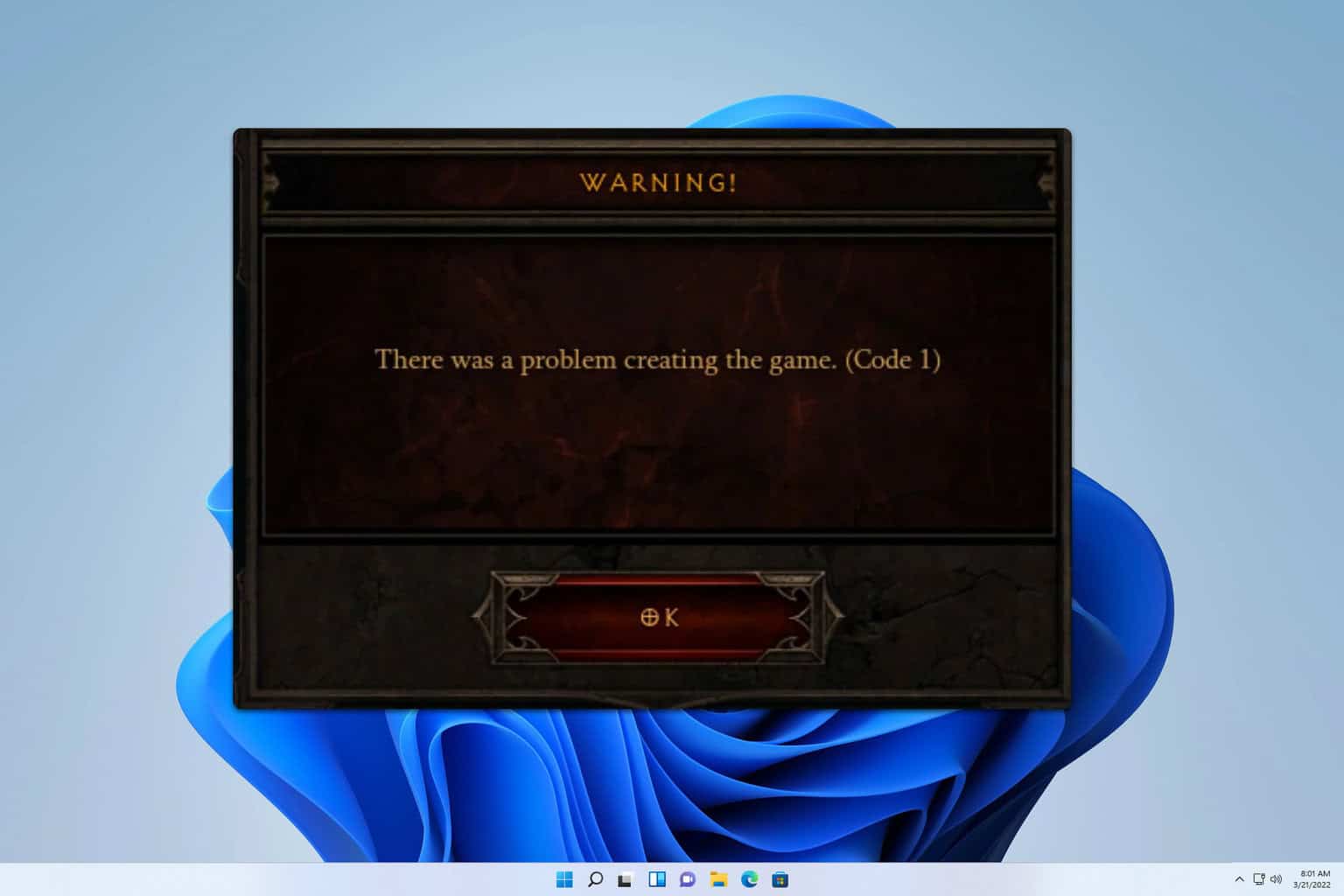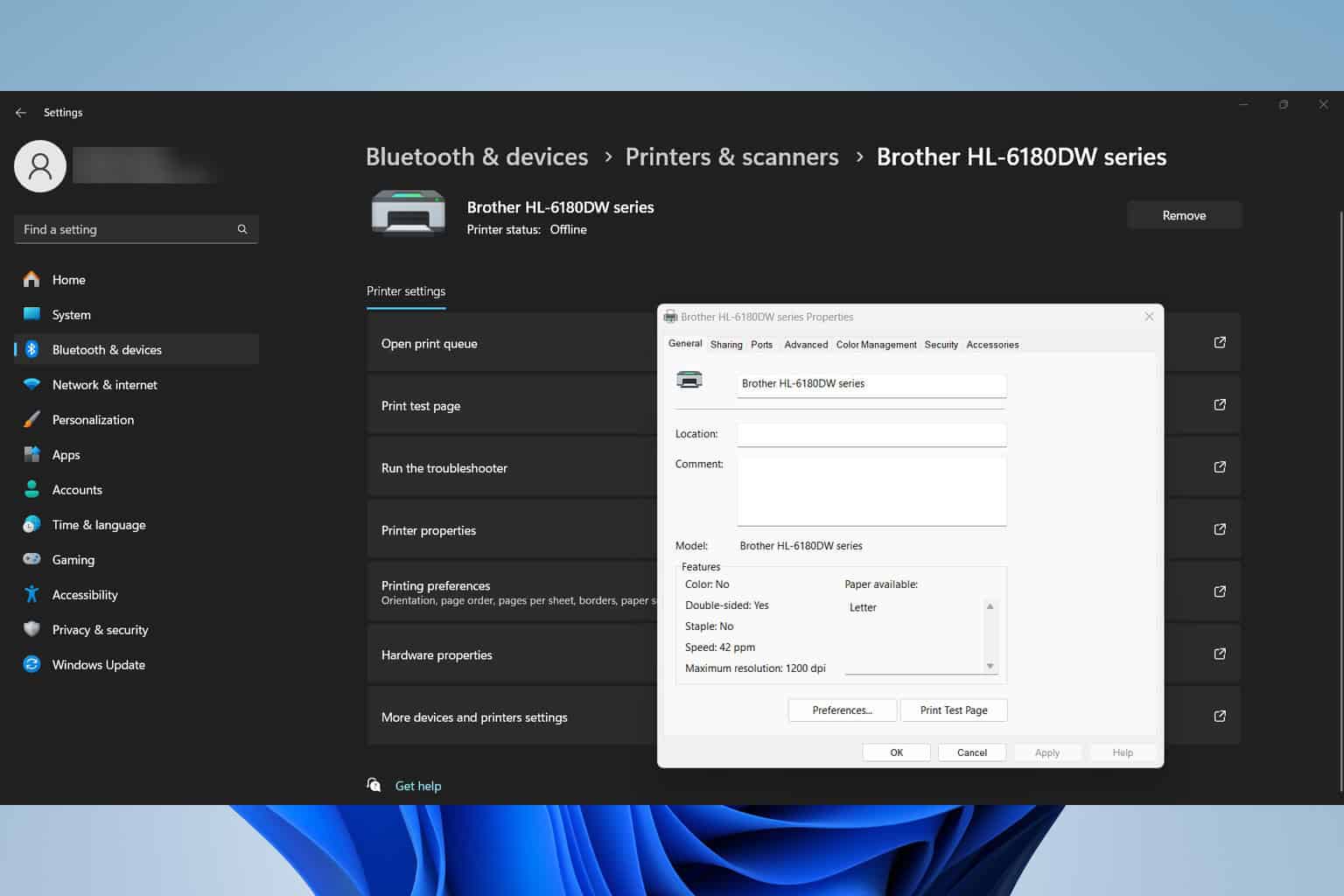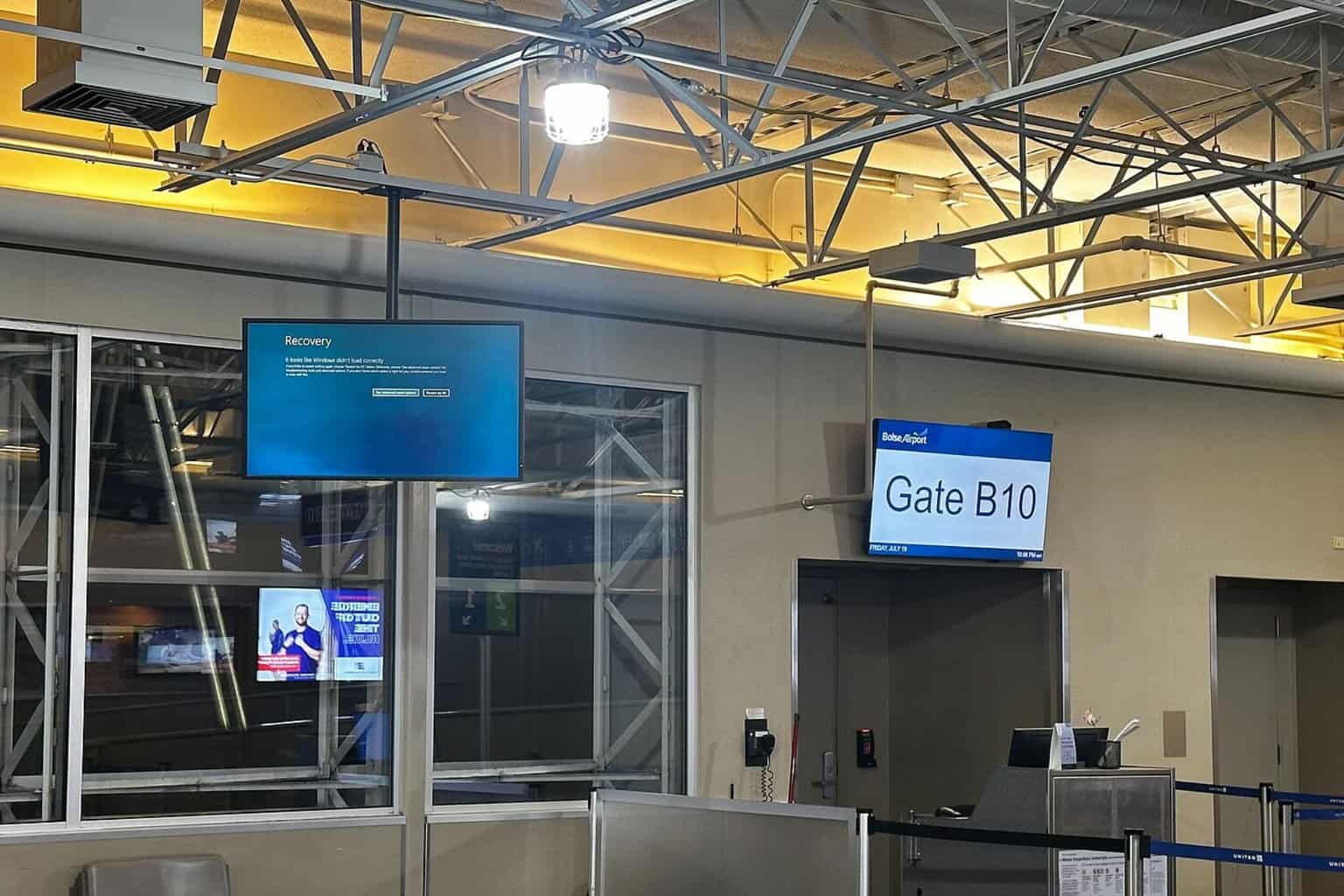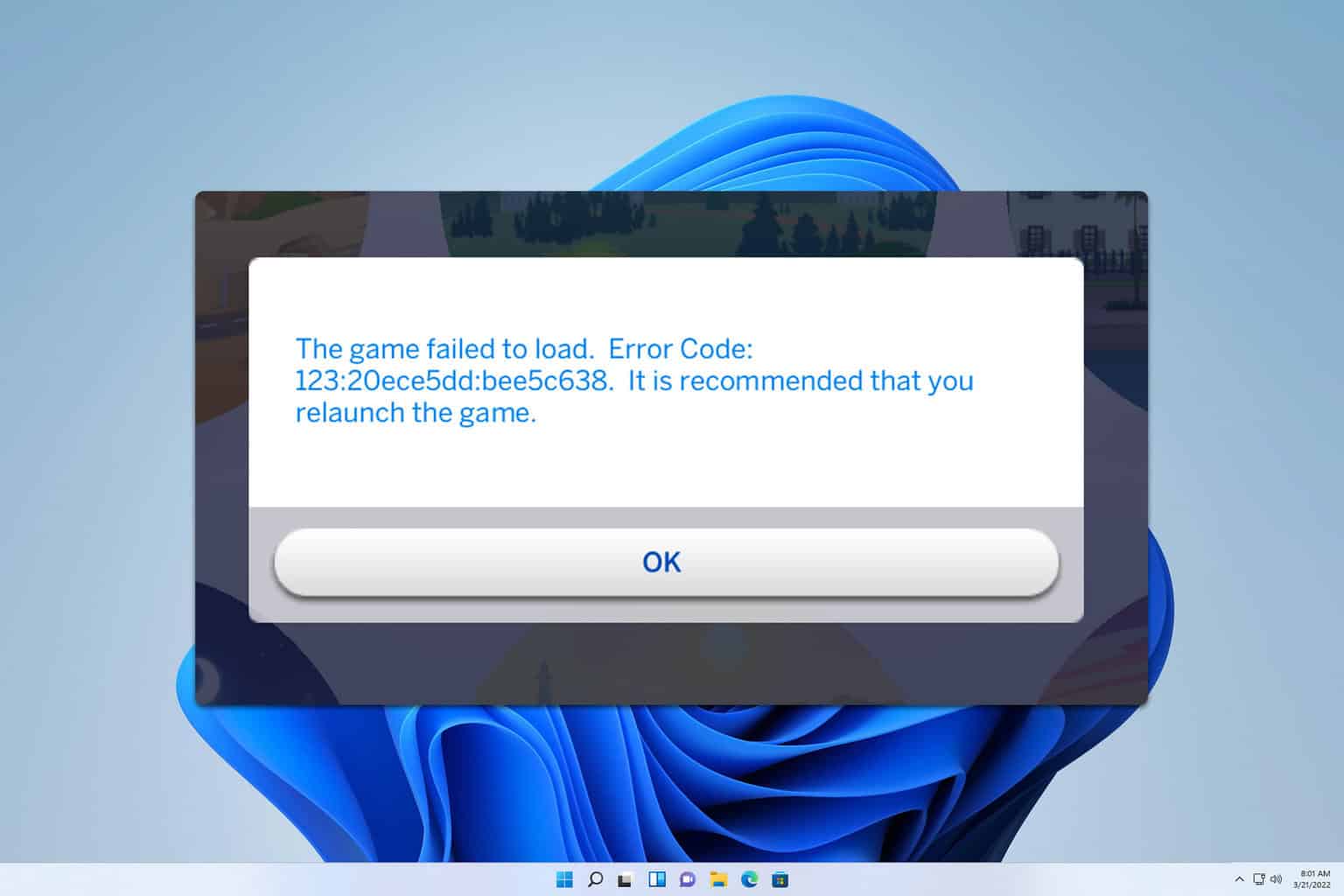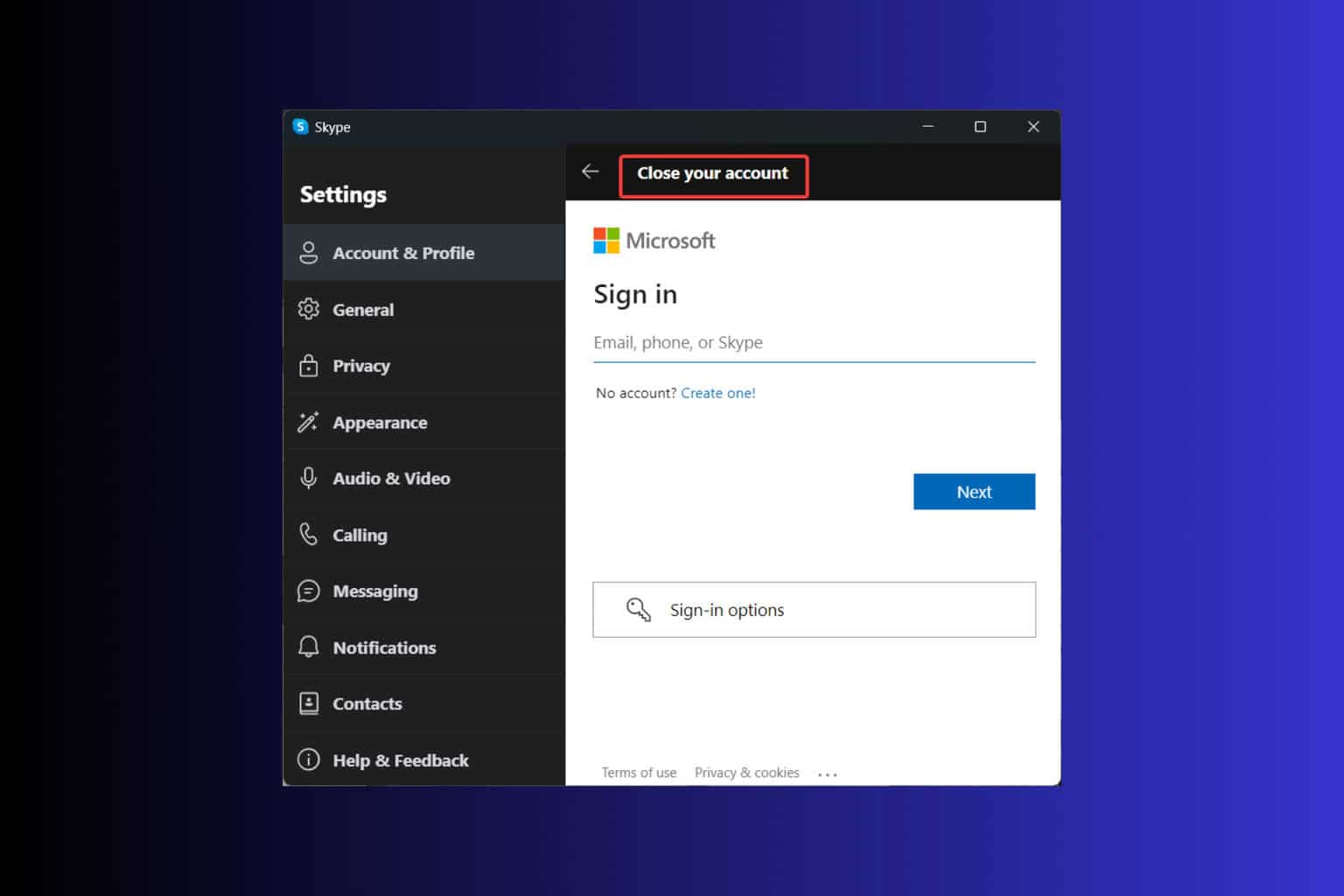Microsoft’s Spatial Anchor is a cloud AR platform that supports ARKit and ARCore
3 min. read
Published on
Read our disclosure page to find out how can you help Windows Report sustain the editorial team Read more
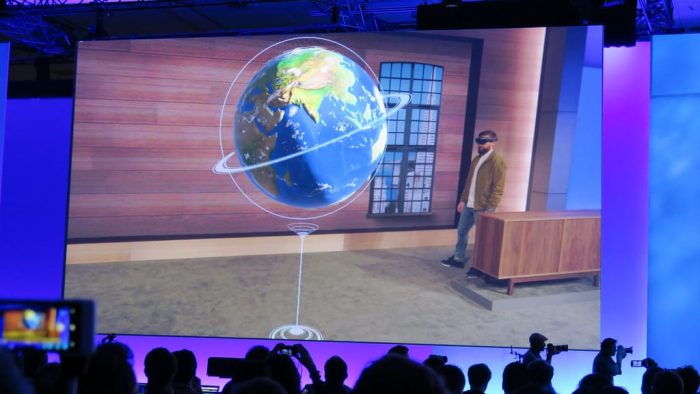
As part of Microsoft’s extensible push into more open development, the company introduced its new cloud AR platform dubbed Spatial Anchor.
Spatial Anchor is being billed as a cloud-powered spatial awareness apparatus for its latest HoloLens AR headset release. During the unveiling of HoloLens 2 at Mobile World Congress in Barcelona, Microsoft covered a ton of new initiatives designed to support HoloLens development and buried among the pile of news was Microsoft’s effort to create cloud-based spatial recognition system that would not be persistent marker of augmented elements at all times, but in bigger news, the company is looking to support competition AR efforts from ARCore and ARKit.
According to Microsoft’s Mixed Reality documentation, “a spatial anchor represents an important point in the world that the system should keep track of over time.”
Each anchor has a coordinate system that adjusts as needed, relative to other anchors or frames of reference, in order to ensure that anchored holograms stay precisely in place. Rendering a hologram in an anchor’s coordinate system gives you the most accurate positioning for that hologram at any given time. This comes at the cost of small adjustments over time to the hologram’s position, as the system continually moves it back into place relative to the real world.
https://twitter.com/albtaiuti/status/1099729384213229570?s=20
As part of Microsoft’s Mixed Reality documentation, we get some insights into how Microsoft Azure Spatial Anchors will work and implemented.
You can also persist and share spatial anchors across app sessions and across devices:
- By saving local spatial anchors to disk and loading them back later, your app can reason about the same location in the real world across multiple app sessions on a single HoloLens device.
- By using Azure Spatial Anchors to create a cloud anchor, your app can share a spatial anchor across multiple HoloLens, iOS, and Android devices. By having each device render a hologram using the same spatial anchor, all users will see the hologram appear at the same place in the real world. This allows for real-time shared experiences.
- You can also use Azure Spatial Anchors for asynchronous hologram persistence across HoloLens, iOS, and Android devices. By sharing a durable cloud spatial anchor, multiple devices can observe the same persisted hologram over time, even if those devices are not present together at the same time.
Despite its relatively new public awareness, Microsoft has amassed several details and best practices for implementing spatial in its Mixed Reality documentation here.
With Microsoft’s focus and market share in enterprise development, it may behoove companies such as Apple and Google to adopt Microsoft Spatial Anchors as a quick way to access that crowd for its own augmented reality efforts.

